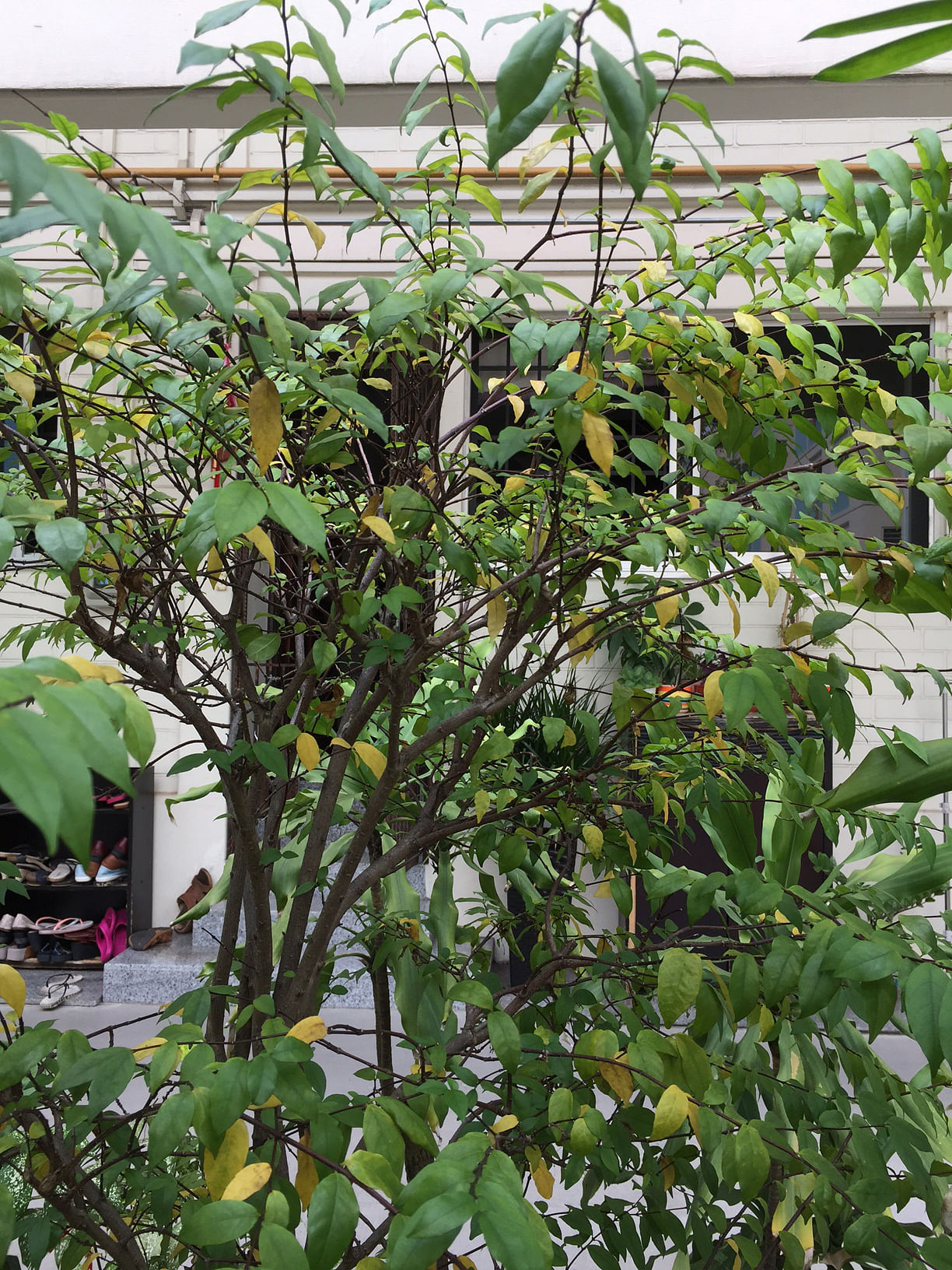Soil too wet for Sansevieria
The leaves of my Sansevieria look dry (pictured). But when I give the plants a little more water than usual, they rot and die.
What is wrong?
Angeline Loh
These plants prefer to be grown in aerated, well-drained growing media. Check if the soil you use retains a lot of moisture.

Excessive moisture at the root zone for long periods will lead to rot.
Try adding coarse materials such as pumice and expanded clay pellets to the soil to aid drainage and aeration.
It is good to allow the plants to dry out a little before you water them again.
Also, make sure your plants are not grown too deeply. Crown rot sets in when the base of the leaves is buried in soil.
The variegated version of the Sansevieria trifasciata var. laurentii, which is commonly known as Mother-in-law's Tongue, needs more light than the all-green version.
It is best grown in a location where it can get at least four hours of filtered sunlight daily, though it can tolerate direct sunlight. A lack of light, coupled with wet soil, can lead to rotting.
Tip: Bengal Currant's fruit is edible
The Carissa carandas, which is commonly known as the Bengal Currant or Christ's Thorn, is a thorny plant that grows as a shrub or a small tree.
It produces clusters of fragrant white flowers (pictured) and has many ornamental fruit (pictured).
These edible oval fruit are first pink before turning purple when they are ripe.
The fruit can be eaten raw or made into jelly.
This plant is quite adaptable and can be grown in a range of soils. It prefers the intensity of full sun to thrive.
Replant Orange Jessamine with stem-cuttings
I tried to replant this tree (pictured) by cutting some small branches and planting them in pots.
The branches died. I also tried immersing the branches in water until the roots grew. They also withered.
How can I replant this tree?
Anthony Hoe
The plant is known by names such as Orange Jessamine, Chinese Box, Mock Orange or Mock Lime. Its botanical name is Murraya paniculata. This shrub occasionally produces fruit which can be harvested for its seeds.
The stem-cuttings with new roots need to be potted and grown in a semi-shaded location. Once the cuttings have grown new leaves and developed a good root system, they can be moved to a brighter location.
This plant is widely used as a landscape plant and comes in various sizes. It can be bought from nurseries.

Yellowing leaves a sign of insufficient water
Why did the leaves of my plant (pictured) turn yellow?
I bought it a few months ago and placed it outdoors.
Tan Bee Ping
When older leaves turn yellow and drop, it could mean the plant is suffering from a lack of water.
Plants growing in pots, which are placed outdoors under full sun, dry out quickly.
Depending on the size of the pot and plant, soil type and the conditions of the environment, a contained plant usually needs thorough watering at least once a day.
If this plant was first grown in a shadier environment, it needs to be moved gradually to higher light conditions in order to adapt.

Basil too old for hard pruning
I started growing this pot of basil (pictured) more than a year ago. But in the last few months, it has not grown well.
Should I repot it?
Jerlyn Tan
Basil plants tend to get woody stems and lose their growth vigour over time.
Your plant appears to be too old. Any hard pruning - cutting back the plant's branches drastically - to rejuvenate it may do more harm than good, as the woody portions may not produce new growth.
For now, let the existing growth become longer. Then use them as stem-cuttings to grow new plants. Basil cuttings root easily in water and these can then be planted in a new pot of soil.
Prune the plant periodically to encourage a bushy growth habit and maintain vigour. Basil grows best in a sunny location with fertile, moist and well-drained soil.
• Answers by Dr Wilson Wong, a certified practising horticulturist and founder of Green Culture Singapore (www.greenculturesg.com). He is also an NParks-certified park manager.
• Have a gardening query? E-mail it with clear, high-resolution pictures of at least 1MB, if any, and your full name to stlife@sph.com.sg.




